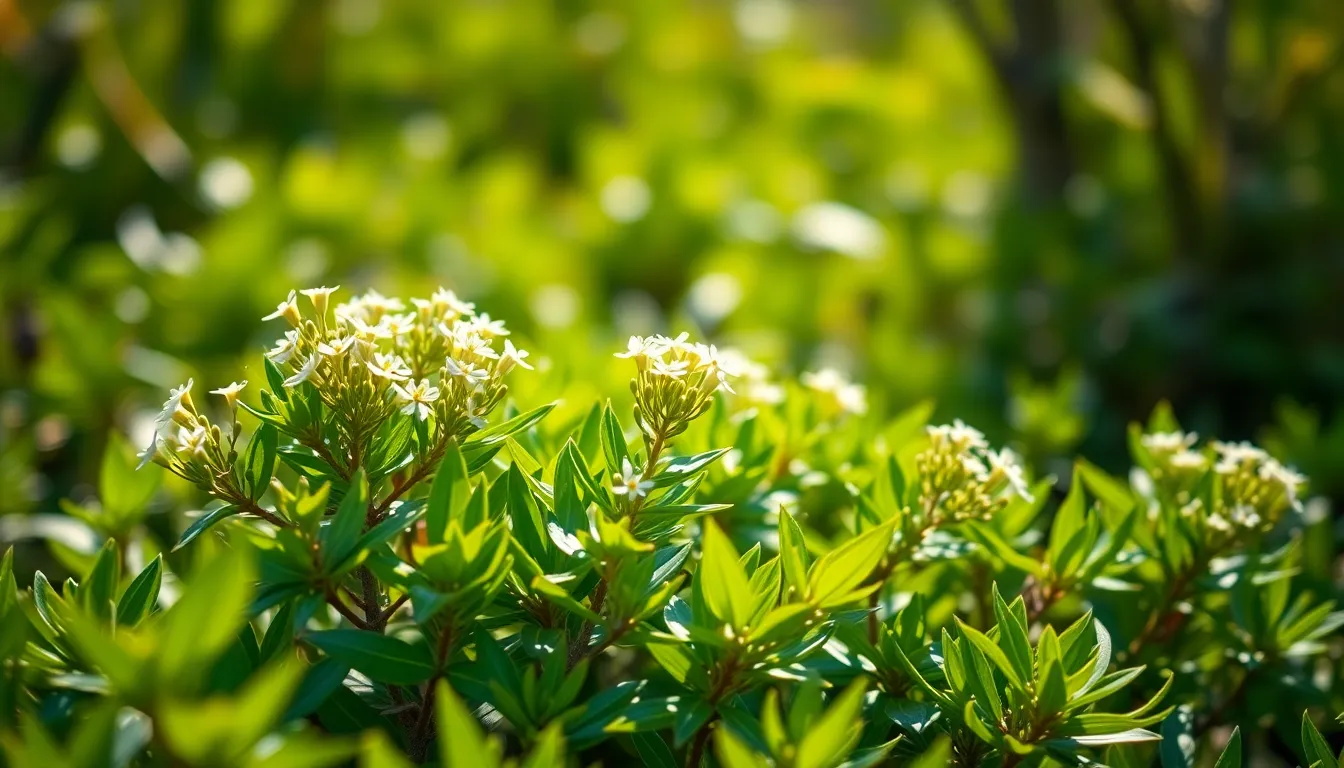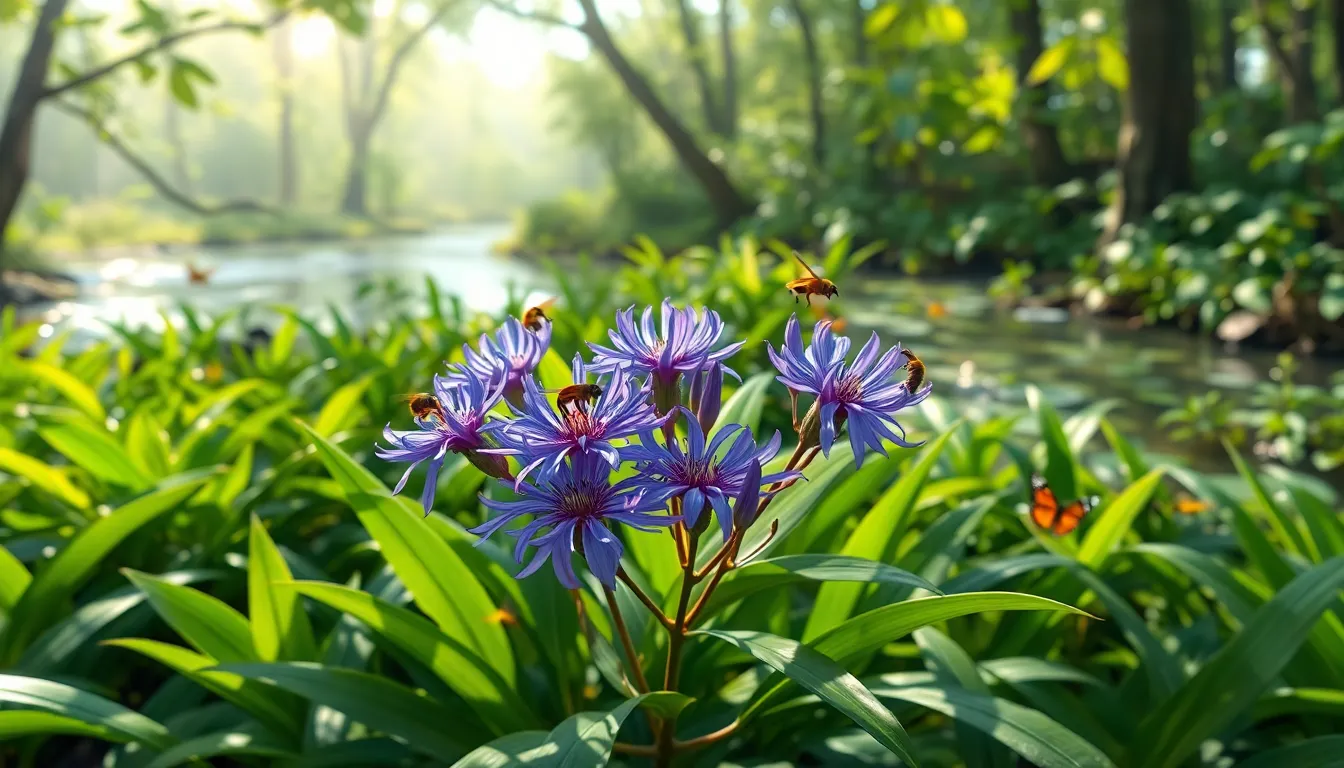Imagine walking through a lush forest, and suddenly, you stumble upon a plant that seems to belong in a fantasy novel, introducing bogendelia. Known for its unique properties and mysterious origins, this plant holds secrets that both botanists and folklore enthusiasts yearn to uncover. Join us as we dive deep into the world of bogendelia, and trust us: it gets more fascinating from here.
Bogendelia

Bogendelia is not just your average plant. Hailing from the remote wetlands, it thrives in conditions that many other plants shy away from. Unlike its more renowned counterparts, bogendelia is characterized by its vibrant green foliage and delicate flowers that bloom in the late spring. They are often found in clusters, creating beautiful patches that can brighten up even the dreariest landscapes. This unique shrub belongs to the family of eco-adapters, meaning it possesses remarkable resilience and the ability to thrive in less-than-ideal environmental conditions. Each part of the bogendelia, from its roots to its flowers, serves a purpose, making it a fascinating topic for both scientists and nature lovers alike.
Origins and History
Tracing the origins of bogendelia takes us back thousands of years. This plant is believed to have first appeared in the wetlands during the early Holocene epoch, around 11,700 years ago. Historical records indicate that indigenous communities revered bogendelia for its medicinal properties and ecological contributions. They often utilized the plant not only for healing but also for crafting tools and clothing. Over time, various cultures around the world adopted its use, blending it into their own unique traditions. As societies evolved, so did the stories surrounding bogendelia, transforming it from a simple plant into a crucial element of local folklore.
Key Characteristics of Bogendelia
Bogendelia is famed for its striking features. The plant typically reaches heights of two to three feet, adorned with narrow leaves that have a glossy sheen. During the blooming season, its flowers manifest in bright hues of purple and blue, attracting a plethora of pollinators. Its roots, known for their robustness, not only anchor the plant but also help in water purification, a function that’s crucial in maintaining ecosystem balance. Also, bogendelia can adapt to fluctuating water levels, exhibiting remarkable versatility in a range of different soil types. This adaptability makes it an intriguing subject for research in plant biology and ecology.
Cultural Significance and Folklore
In many cultures, bogendelia is more than just a plant: it symbolizes resilience and healing. Various tales depict bogendelia as a guardian of the wetlands, believed to protect the native flora and fauna from harm. Also, in some indigenous cultures, rituals involving bogendelia are performed to honor the spirits of nature. These stories often emphasize the interconnectedness of humans and nature, teaching that preservation of this plant is vital not only for ecological balance but also for cultural heritage. As bogendelia’s cultural significance continues to grow, it fosters a sense of unity and respect for nature among communities.
Impact on Ecosystems
Bogendelia plays a crucial role in maintaining the health of its wetland ecosystems. As a natural water filter, it aids in trapping sediments and pollutants, contributing to cleaner water. Also, the plant provides habitat and sustenance for numerous species, including insects, birds, and small mammals. Its robust root systems prevent soil erosion, ensuring the stability of fragile wetlands. Besides, the flowers of bogendelia attract pollinators, essential for the reproductive success of many surrounding plants. The interconnectedness of bogendelia within its ecosystem illustrates the delicate balance of nature and the importance of preserving such vital species.
Conservation Efforts
Given its ecological importance and cultural significance, conservation efforts surrounding bogendelia are imperative. Various organizations focus on habitat preservation, aiming to protect the natural wetlands where bogendelia thrives. Initiatives include community awareness programs that educate locals about this plant’s role in biodiversity. Restoration projects also take place to rehabilitate degraded wetlands, allowing bogendelia to flourish once more. Engaging in these efforts not only helps keep bogendelia alive but also strengthens the larger ecosystem, emphasizing the collective responsibility to safeguard our planet’s flora.

